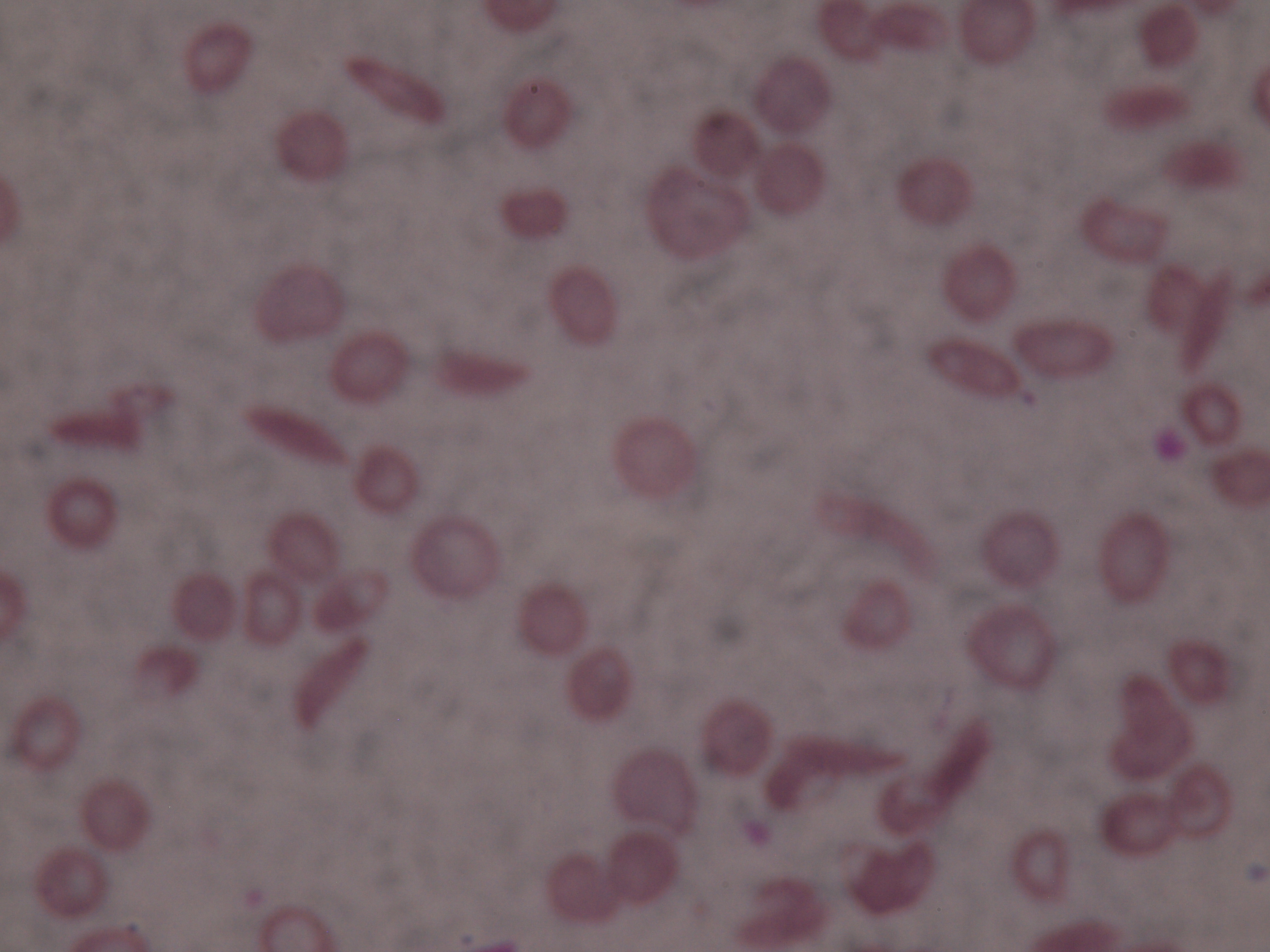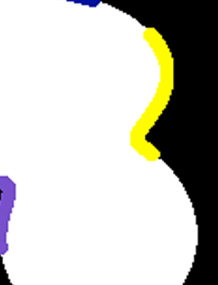Improving concave point detection to better segment overlapped objects in images
In this paper we propose a method to detect concave points as a first step to segment overlapped objects on images. Given an image of an object cluster we compute the curvature on each point of its contour. Then, we select regions with the highest probability to contain an interest point, that is, regions with higher curvature. Finally we obtain an interest point from each region and we classify them between convex and concave. In order to evaluate the quality of the concave point detection algorithm we constructed a synthetic dataset to simulate overlapping objects, providing the position of the concave points as a ground truth. As a case study, the performance of a well-known application is evaluated, such as the splitting of overlapped cells in images of peripheral blood smears samples of patients with sickle cell anaemia. We used the proposed method to detect the concave points in clusters of cells and then we separate this clusters by ellipse fitting. Experimentally we demonstrate that our proposal has a better performance than the state-of-the-art.




